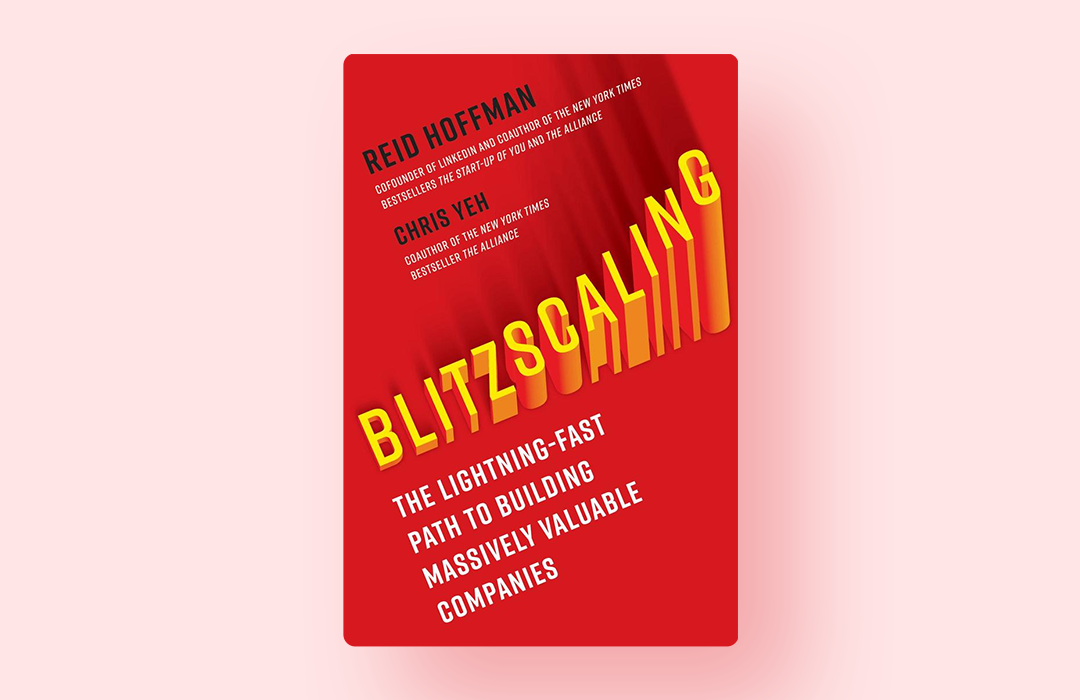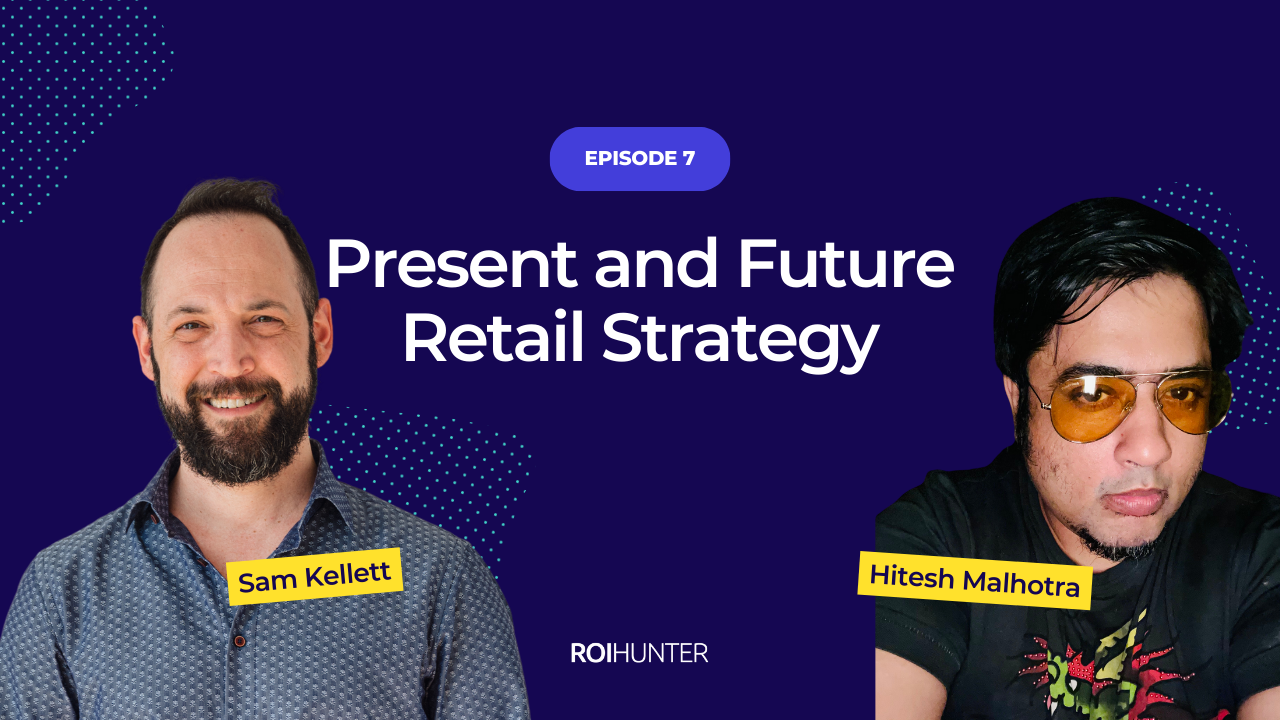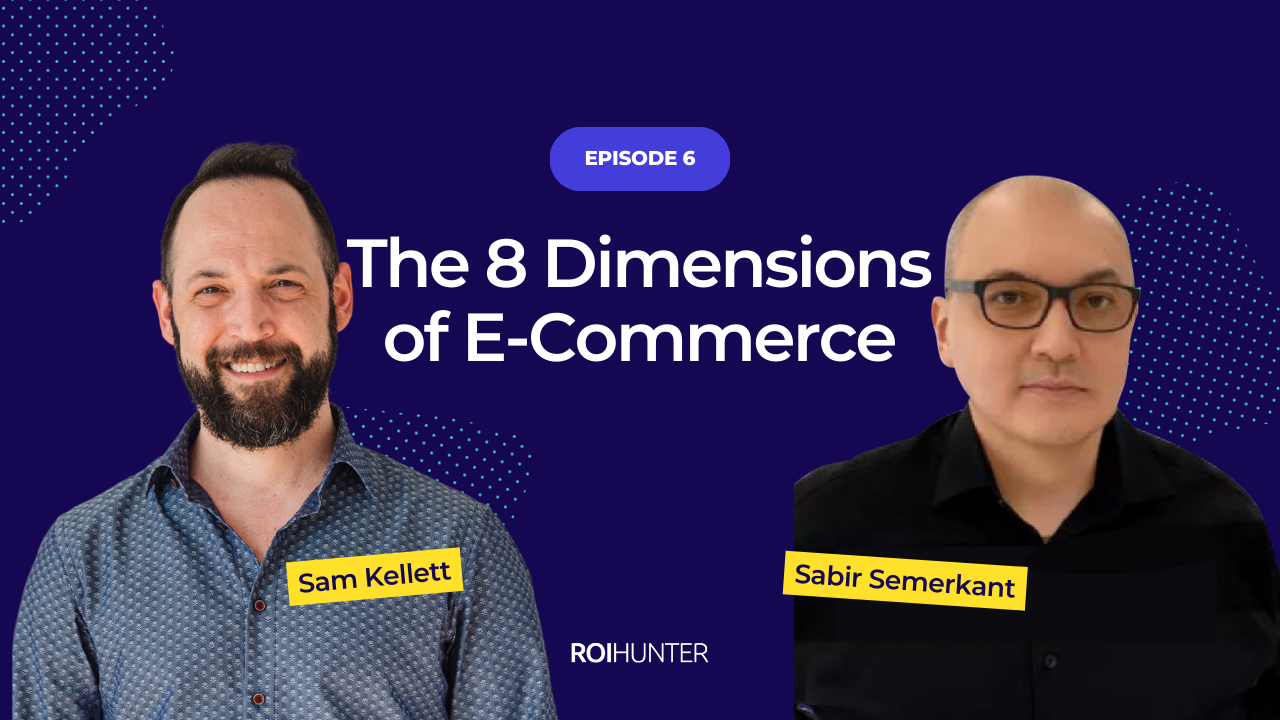In this article:
Am I Blitzscaling? ↓
What is Blitzscaling? ↓
Blitzscaling isn't "Good" or "Bad": it's Just Limited ↓
Can I Blitzscale in My Market? ↓
Will it Blitzscale? ↓
What now? ↓
AM I BLITZSCALING?
Blitzscaling is a recent term for something that has been around for decades. Here’s a list of symptoms for those unfamiliar with the term who may be unwittingly using the model:
- A company focus on speed over efficiency
- Unprofitable brand growth plans
- Venture capital supporting an otherwise unprofitable company
- High turnover due to employee burnout
- Underdeveloped organizational processes
WHAT IS BLITZSCALING?
Blitzscaling is the name for the Silicon Valley-born tactic preached by Reid Hoffman and Carter Yeh in their 2018 book. They list a number of successful companies that blitzscaled their way there, including Paypal, Amazon, Facebook, and Google.

The idea of blitzscaling is to focus on speed over efficiency; growth over profitability, using venture capital to fund your company’s rise to the top. Then once you’ve conquered the market, you can start working on making things profitable.
For an e-commerce leader, this may sound very tempting. Who wouldn’t want to be able to undercut all their competitors and expand their customer base? Who wouldn’t want to grow aggressively and achieve a valuation in the billions inside of a few years? Today’s e-commerce scale-ups are already focused on growth over profit anyway; isn’t blitzscaling an obvious next step? Plus, Hoffman and Yeh even say that blitzscaling can be applicable to e-commerce, citing Zara as an example.
This article will outline the reasons why blitzscaling is a poor model to use for an e-commerce company, which should be focused on profitability over growth.
BLITZSCALING ISN'T "GOOD" OR "BAD": IT'S JUST LIMITED
Early critics of blitzscaling included internet pioneer Tim O’Reilly, whose in-depth breakdown of the model called both its efficacy and morality into question. (Reid Hoffman and Carter Yeh soon responded to Tim’s piece with one of their own).
Wired magazine turned on blitzscaling several months later, as results of the underwhelming IPOs of Uber and Lyft became increasingly clear. Wired's article, “Blitzscaling is Choking Innovation-and Wasting Money,” tears into the ride-share money-pit, also adding predictive criticism about the next blitzscaler eyeing an IPO, WeWork. After WeWork withdrew their IPO, Reid Hoffman responded to Wired, denouncing WeWork as a true blitzscaler, arguing that the company had neither the high margins nor the monopoly potential to blitzscale successfully.
But my question to that is.. What non-tech company would have potential to blitzscale successfully?
CAN I BLITZSCALE IN MY MARKET?
“The only time to blitzscale is when you have determined that speed is THE critical strategy to achieve massive outcomes.”
- Reid Hoffman & Carter Yeh
Beyond the timing, Hoffman and Yeh list four growth factors and two growth limiters that determine blitzscaling success:
Growth Factors
Market Size:
In order to scale as large as the model intends, you need a huge market to grow in.
Distribution:
If you’re going to sell an enormous number of something, you need a way to distribute it at that scale as well.
High Gross Margin:
If your margins can’t become high enough to crank out profit once you’ve achieved market dominance, it’s not worth the investment.
Network Effects:
Each new “node” you add to the network increases the network’s value. For instance, every new home added to Airbnb for rent increases that network’s value for the other nodes.
Growth Limiters
Lack of Product/Market Fit:
Your customers need to love the product, or you won’t be able to retain them as you scale.
Lack of Operational Scalability:
Ideally, your blitzscaling will create a boom of demand for your product. If you don’t have the ability to meet that (hopefully) ever-increasing demand, then what was the point?
WILL IT BLITZSCALE?
As Hoffman and Yeh point out, these growth factors fit best with one particular industry: Tech.
Blitzscaling With Tech

- In our interconnected world, tech companies can easily find a suitably large market for growth.
- Distribution of a digital product (like software) is far simpler, faster, and cheaper than for physical goods.
- Tech companies tend to have generous gross margins (like Facebook, which fluctuates between 80%-90%), especially compared to the margins of e-commerce retailers in fashion, electronics, etc, which are much thinner.
- Network effects have been called the single most important predictor of tech value, and are often baked-in to the companies themselves. You can find network effects outside of the computer/internet industry (like the first telephone networks), but tech definitely has a leg-up here.
- Tech companies have less issue with product/market fit as well; it’s much cheaper and faster to release an update to your software than it is to change a physical product
- While operational scalability is also an obstacle in tech, it’ be simpler to add more servers to support a growing network than it would be to double the number of cars you produce each year.
This isn’t to suggest that every tech company should be blitzscaling, but rather that (with some rare exceptions), only tech companies should be blitzscaling. There is no reason for an e-commerce company to blitzscale. Let’s run through the growth factors again, but this time, for an online fashion retailer
Blitzscaling With Fashion E-commerce

- You can find a large market for fashion; that shouldn’t be a problem
- Distribution is where the issues start. Even with lightning-fast shipping speed, you can’t distribute at the same rate as a tech company that doesn’t have any physical distribution to do. When you factor in the near necessity of offering free shipping in order to compete, and likely even free returns, it becomes clear how difficult this is to rapidly scale.
- The very top fashion retailers have high gross margins, so it is possible to get there. However, there are a number of other contributing factors (economy of scale, vertical integration, etc.) that would be present without a blitzscaling approach.
- You’d be hard-pressed to create a network effect in fashion e-commerce. Even if you managed to, your company wouldn’t be built around that effect, as many tech companies are.
- Product/market fit for fashion is achievable at scale. The best fashion e-commerce company at this (as well as the example Hoffman and Yeh use as a fashion blitzscaler) is Zara. Zara has such fast turnaround and distribution that they can see a new fashion emerging, then create and distribute it inside of two weeks. NOTE: it seems disingenuous for Hoffman and Reid to say Zara blitzscaled their way to success since they started back in 1975, and expanded as they saw more and more success from their profitable business model.
- Again, a company like Zara has the operational scalability to meet the demand. It’s possible, but it’s much more difficult and expensive to build the manufacturing factories and hire the required staff than it is to scale with tech.
The Need For Speed in Tech
I’m going to repeat the book quote from earlier:
“The only time to blitzscale is when you have determined that speed is THE critical strategy to achieve massive outcomes.”
For a tech company with a cool new idea or piece of software, it’s often a race against the competition.
Before Airbnb made it big, they were challenged by European competitor Wimdu, which had copied the Airbnb model and raised more capital. In this case, Airbnb blitzscaled, raised funds, and ramped up their plan for European expansion. They won the market.
It made absolute sense for Airbnb to blitzscale in that situation. Not only did they have the growth factors in place, but speed was the only way for them to keep control of the market in the face of a competitor.
The Need For Customer Experience in E-Commerce
An e-commerce brand may take market dominance if they’re the first to market, but they won’t hold that dominance without providing a great customer experience. Similarly, new e-commerce challengers emerge all the time, and can take a piece of the market by providing better recommendations, more convenient navigation, more personalized offers, etc. than their competitors. Not being first isn’t what limits e-commerce companies.
Look at Dollar Shave Club (DSC); Gillette beat them to market by about 110 years, and still got disrupted. In fact, DSC had a huge advantage by coming later. Gillette had spent (literally) billions in R&D on razor advancements, traditional TV/radio advertising, and dominating store shelves. They owned the market, and the cost of getting there was reflected in the inflated prices of their razors.
DSC entered the scene in 2011, when quality razors were readily available. They introduced themselves to the market with a smart, funny, online video that went viral (and cost nothing). Instead of pouring money into R&D, advertising, and shelf-space, they spent it on improving the process, creating a better razor-buying experience through their direct-to-consumer business model. DSC disrupted Gillette by creating a more convenient experience that still cost less for customers.
On the flipside, look at Facebook. Facebook is easily the largest social network; still dominant even after years of competition. Is it because they are the best? I’d say no, and many would agree with me. It’s because they were faster. They were the first to really dominate the market, and they did it with a model built around the network effect: people don’t leave Facebook, because everyone else is on Facebook. Even if a new social networking site has a better customer experience, their network isn’t as valuable as the one that already has 1.62 billion daily active users.
WHAT NOW?
If you’re leading an e-commerce company, remember that growth is secondary to profit. Rather than rapidly seeking out new markets and throwing money into acquisition campaigns, focus on improving your insight into the products you’re selling, and on campaign optimizations that can improve your bottom line.
Grow sustainably and profitably, not quickly. The next article in this series will focus on another issue many e-commerce companies face: mastering the transition stage before fully scaling up.




